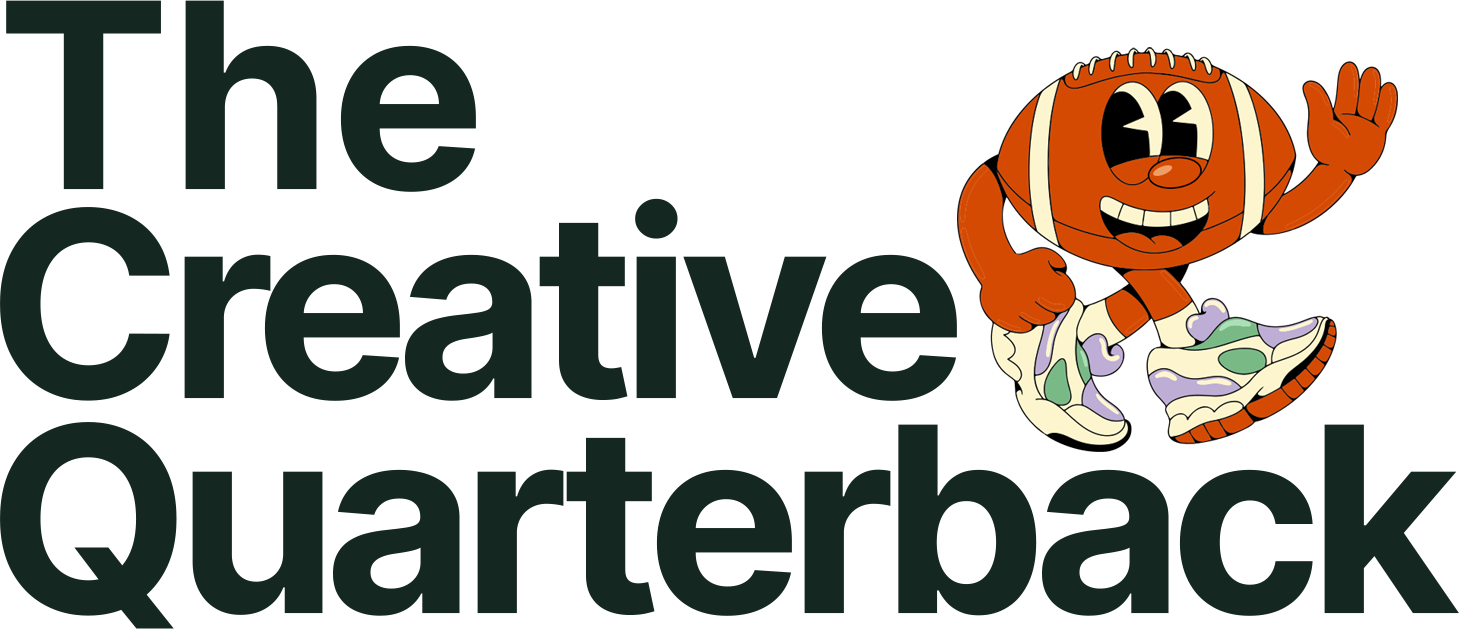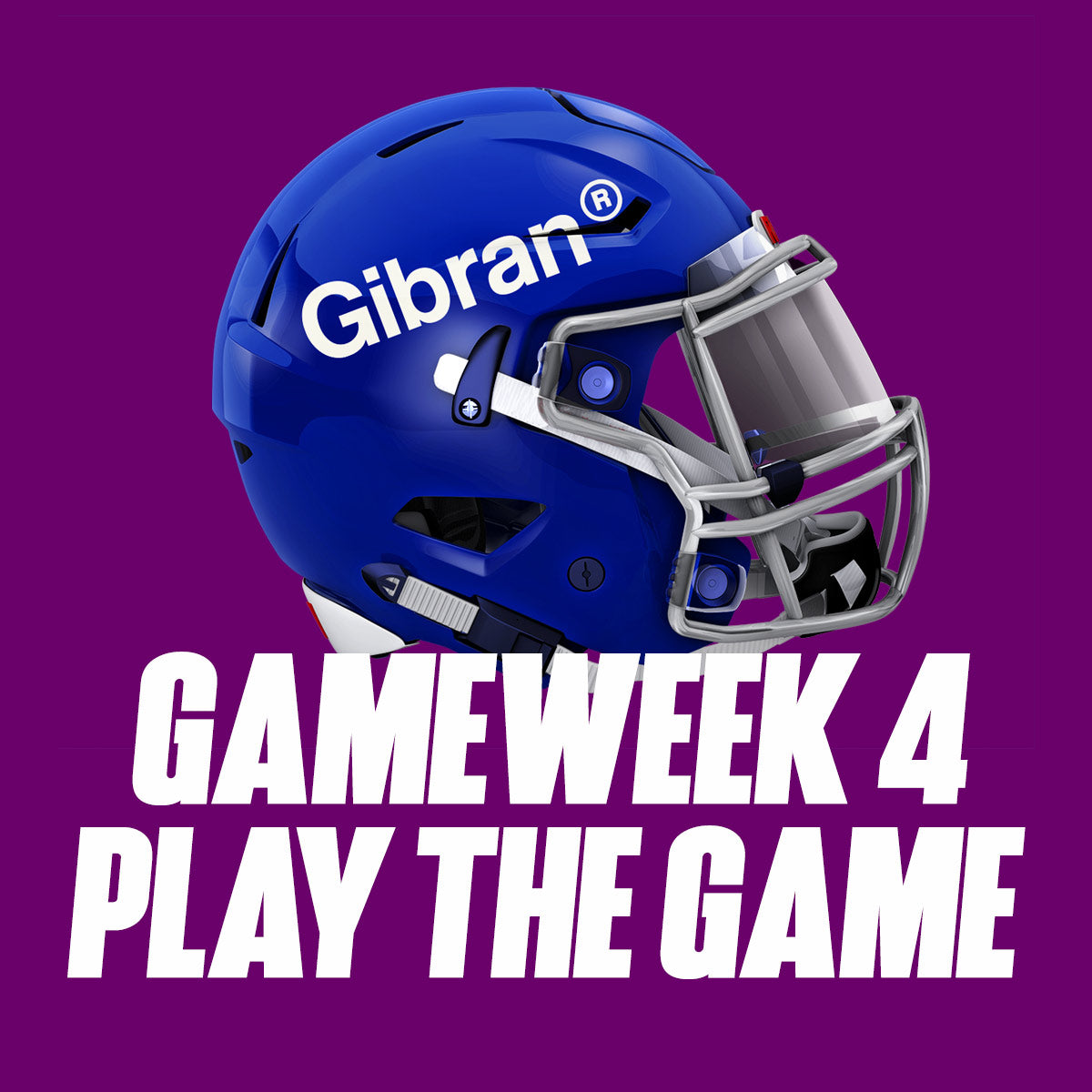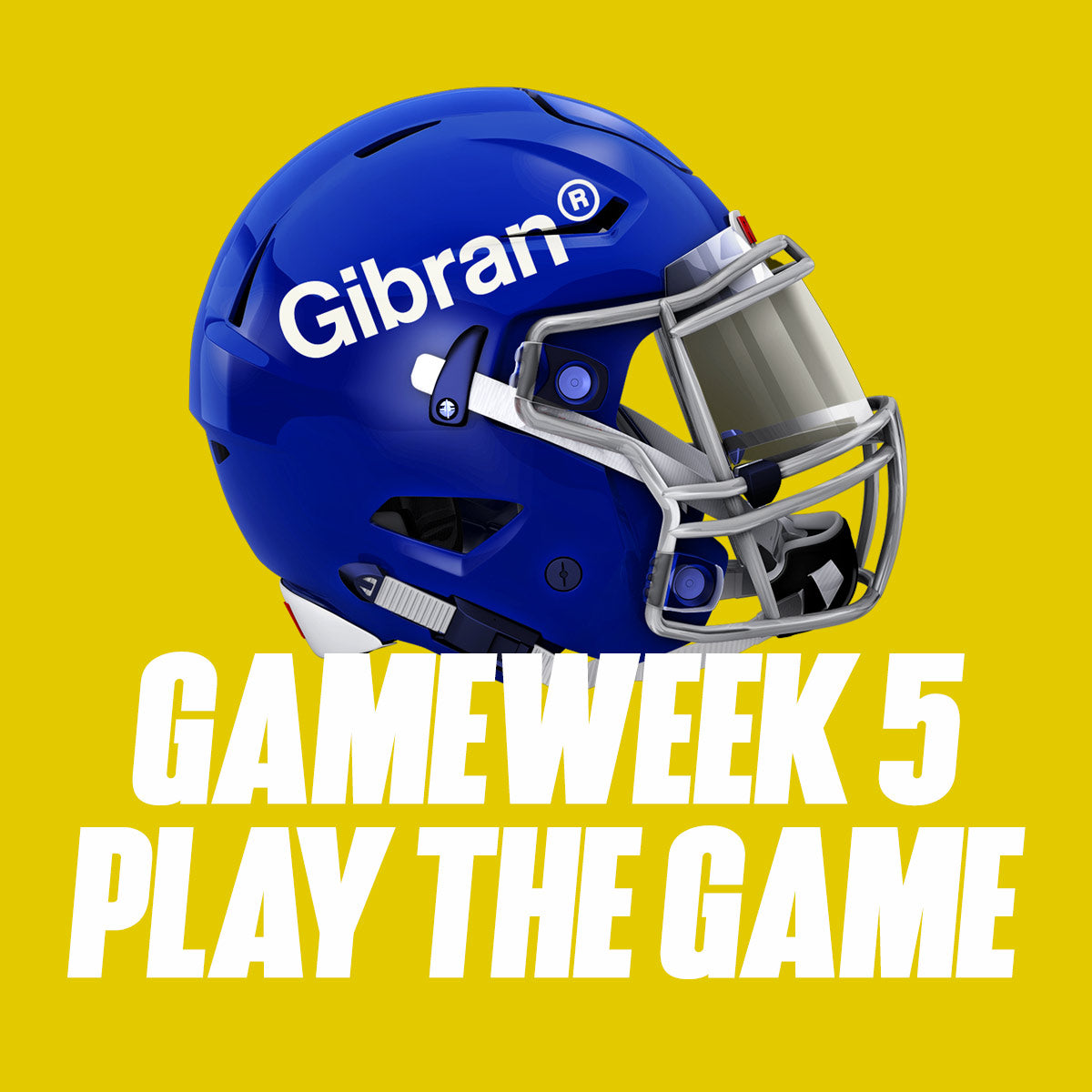Game 5 Install
Study Hard
Season 01 • Game 05
Game 5 Playbook
Welcome to your 4th start Quarterback. Im very excited to see what you can do in the game - your time has come. Study the plays below - they're this week's game plan. You'll need to know them cold to execute on game day.
Installation - A term used to denote installing the plays for an offense.
If you have any questions or are unsure about something feel free to leave a comment at the bottom of your playbook and I'll try my best to answer.
Game 5 will be released and ready to play on Sunday, January 14th.
** Important note - we use the Mike Holmgren play calling system.
- Holmgren expected his quarterbacks to know the play so well that on game day he would only call the play and not the formation
- So on Sunday all you will hear is the play call
- You will be required to remember the formation and any protection calls in the huddle 🙌🏽

Trey Right Tight Fax Fake 29 Stretch Pirate Levels

Double Right 22 Scan Z Spot F Omaha

Double Right Switch Z Left Fake 29 Disney Dagger Switch

Trey Right Fake 27 Swisher Big Easy
The Spread Offense
In the ever-evolving landscape of American football, strategic innovations continually shape the game. One such groundbreaking concept that has transformed offensive strategies is the Spread Offense. This tactical approach involves spreading the field horizontally, creating mismatches and exploiting defensive vulnerabilities. In this blog post, we'll delve into the evolution of the Spread Offense and its impact on modern American football.
The Birth of the Spread Offense:
The origins of the Spread Offense can be traced back to the early 20th century, but it gained widespread attention in the 1980s and 1990s. Coaches sought to diversify their offensive schemes, moving away from traditional power running and incorporating more passing plays. The Spread Offense aimed to stretch the defense by spreading players across the width of the field, opening up opportunities for both the run and the pass.
Run and Shoot Era:
The Run and Shoot offense, popularized by coaches like Mouse Davis and June Jones, was a precursor to the modern Spread Offense. This system emphasized four wide receivers, creating space and forcing defenders into one-on-one situations. Quarterbacks had the flexibility to read defenses and make quick decisions, contributing to the offensive revolution.
The Rise of the Dual-Threat Quarterback:
With the Spread Offense gaining prominence, the role of the quarterback evolved. Teams began prioritizing dual-threat quarterbacks who could not only pass effectively but also contribute as runners. The quarterback's ability to make quick decisions and exploit defensive weaknesses became a cornerstone of successful Spread Offenses.
Chip Kelly and the Oregon Ducks:
In the 2000s, coach Chip Kelly's tenure at the University of Oregon brought the Spread Offense to new heights. Known for its up-tempo pace, the Oregon Ducks' offense put immense pressure on opposing defenses. The success of the system at the collegiate level influenced its adoption in the NFL and further popularized the Spread Offense.
Contemporary Applications:
Today, the Spread Offense is a staple at both the college and professional levels of American football. Many teams incorporate spread principles into their offensive schemes, adapting the strategy to suit their personnel. The continued evolution of the Spread Offense underscores its effectiveness in creating mismatches, maximizing skill player potential, and keeping defenses on their toes.
Quarters Coverage
In the intricate world of American football, defensive strategies play a crucial role in thwarting opposing offenses. One defensive coverage that has gained widespread popularity for its versatility and effectiveness is "Quarters Coverage." In this blog post, we will delve into the fundamentals of Quarters Coverage, exploring its principles, advantages, and applications in modern football defense.
Defining Quarters Coverage:
Quarters Coverage, also known as "Cover 4" or "Four-Deep Zone," is a type of pass coverage commonly employed by defenses. In this scheme, the deep part of the field is divided into four equal zones, each responsible for covering a quarter of the width of the field. Safeties and cornerbacks work in tandem to defend against deep passes and provide support against both the run and short to intermediate passes.
Key Principles of Quarters Coverage:
Zone Responsibilities: Safeties are responsible for covering the deep zones, while cornerbacks cover the outer portions of the field. Linebackers generally drop into intermediate zones, offering support against short and mid-range passes.
Passing Off Receivers: Quarters Coverage often involves defenders passing off receivers to one another as they move through their zones. This allows defenders to maintain coverage while adjusting to offensive movement and avoiding coverage gaps.
Run Support: While primarily a pass defense, Quarters Coverage also provides solid run support. Safeties are positioned to quickly react to runs, offering an additional layer of defense against rushing plays.
Flexibility: Quarters Coverage is known for its adaptability. Defenses can disguise the coverage, making it challenging for quarterbacks to read and exploit weaknesses. Additionally, it allows for adjustments based on offensive formations and motions.
Applications in Modern Football:
Quarters Coverage has become a staple in modern football due to its effectiveness against both the pass and the run. It is particularly valuable against spread offenses, as it provides sufficient coverage against deep passes while maintaining the flexibility to defend against quick, short throws.
Coaches often utilize Quarters Coverage as part of a comprehensive defensive strategy, combining it with other coverages and blitz packages to keep offenses guessing. Its adaptability makes it a valuable tool for defensive coordinators looking to counter the diverse offensive schemes prevalent in today's game.
Are you ready?
Make sure you've studied the playbook and are ready to perform. When game time rolls around all you'll hear from me is the play call and then it's up to you to execute.
If you have any questions be sure to leave a comment below and I'll do my best to coach you up before game time.




Leave a comment
This site is protected by hCaptcha and the hCaptcha Privacy Policy and Terms of Service apply.